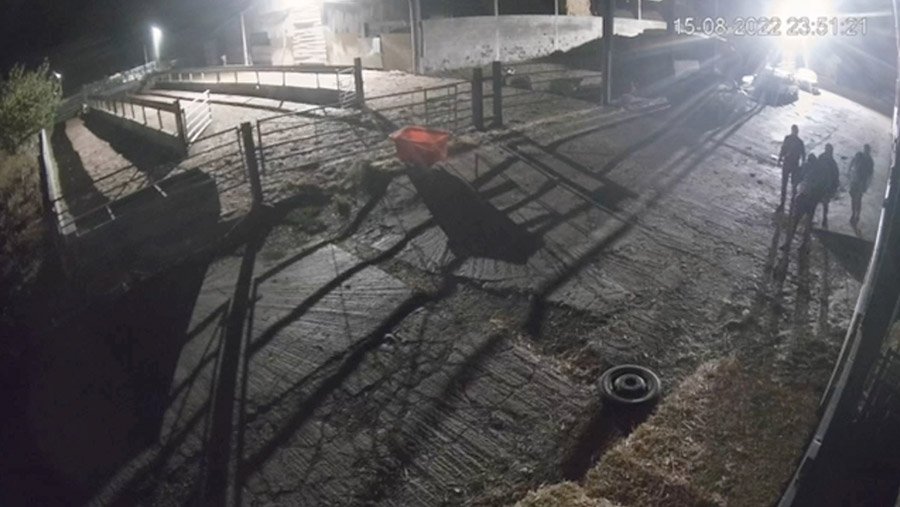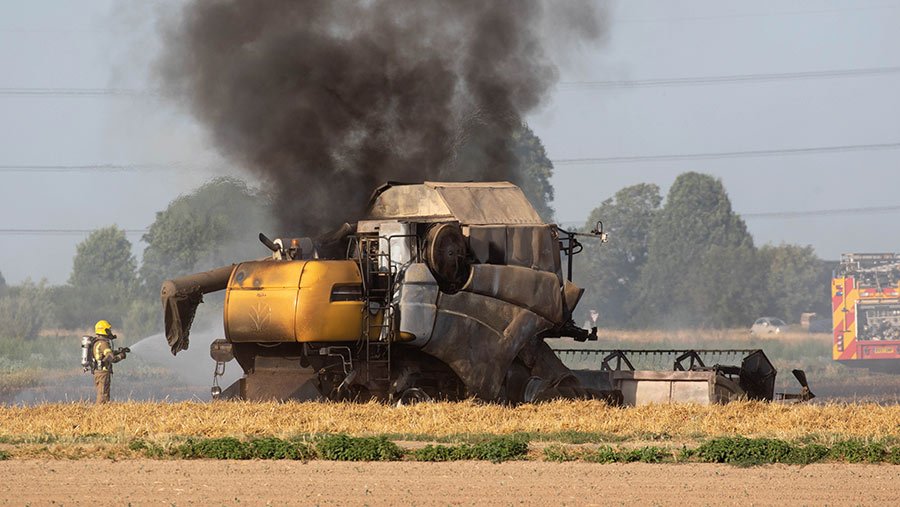The recent Climate Change Committee progress report, published in late June, highlighted how much work there is to do to align agricultural policy with net-zero carbon dioxide objectives.
One of the key recommendations was that, alongside land use change for carbon sequestration and biomass, there was a need to get more from less on the land we have available for producing food.
This rather suggests that tonnes of wheat produced per hectare remains the primary determinant of farm viability in a net-zero world.
See also: Climate change is here – don’t believe the deniers
About the author
Jon Dearsley is head of natural capital services at Savills.
Here he sets out the case for better measurement of farmland’s contribution to climate change.
It is obvious that using a single metric, such as yield, in decision-making around land could produce some very perverse outcomes, and it is the problem that has got us to where we are now.
Land “spared” by intensification could be released to alternative uses, of course, but the land retained in intensive production could even be less resilient than before if yield enhancements require more inputs or more interventions to deliver.
So what metrics should we be using to judge land use in a net-zero context? If carbon truly is the limiting factor in land use decisions, measuring the annual land-based carbon balance (emissions versus sequestration) would be desirable.
However, this will only work while carbon sequestration can be factored in as a revenue stream, to counteract the loss of income elsewhere, and only until habitats are at maturity.
In terms of assessing production efficiency, tonnes of carbon dioxide equivalent (CO2e) a tonne of wheat or litre of milk produced seems more logical.
Of course, these metrics assume that better results lead to better financial outcomes, which in many cases of environmental performance they do not.
The pollution pricing mechanisms that would be needed are likely to be hard to create and almost impossible to enforce.
Supply chains may be able to start creating incentives from impact metrics where they can also be linked to yield. Milk, for example, will have a carbon range of 900-1,200g of CO2e/litre of milk produced.
If a carbon “tax” of £50/t was factored into the price paid to the farmer, a litre of milk with a carbon emission of 900g should be worth 1.5p/litre more than milk with a 1,200g/litre carbon emission.
The challenge is, of course, that these metrics drive efficiency and intensity of production, when many proponents of regenerative farming would argue that nature can be relied upon to optimise its own systems of production.
For those on the first step to more sustainable farming, abandoning yield per hectare as the primary motivator will be the first big psychological barrier to cross.
For those looking at a completely alternative view of the health of their farms, much more complex indictors are needed that reflect inputs, diversity and soil health together.
Progressive metrics need to be tailored to each farm and designed to improve overall resilience, while helping businesses understand which resources are key to their future success, and invest accordingly.
Benchmarking performance with other farms would be useful, but the huge variation in size, sector and type of farm means this is difficult to achieve across all land use.
Accounting consistency will enable a simple year-on-year comparison for individual farms, but assessing carbon impact per pound of profit generated could be one metric that would allow all farms to compete on a level playing field.












